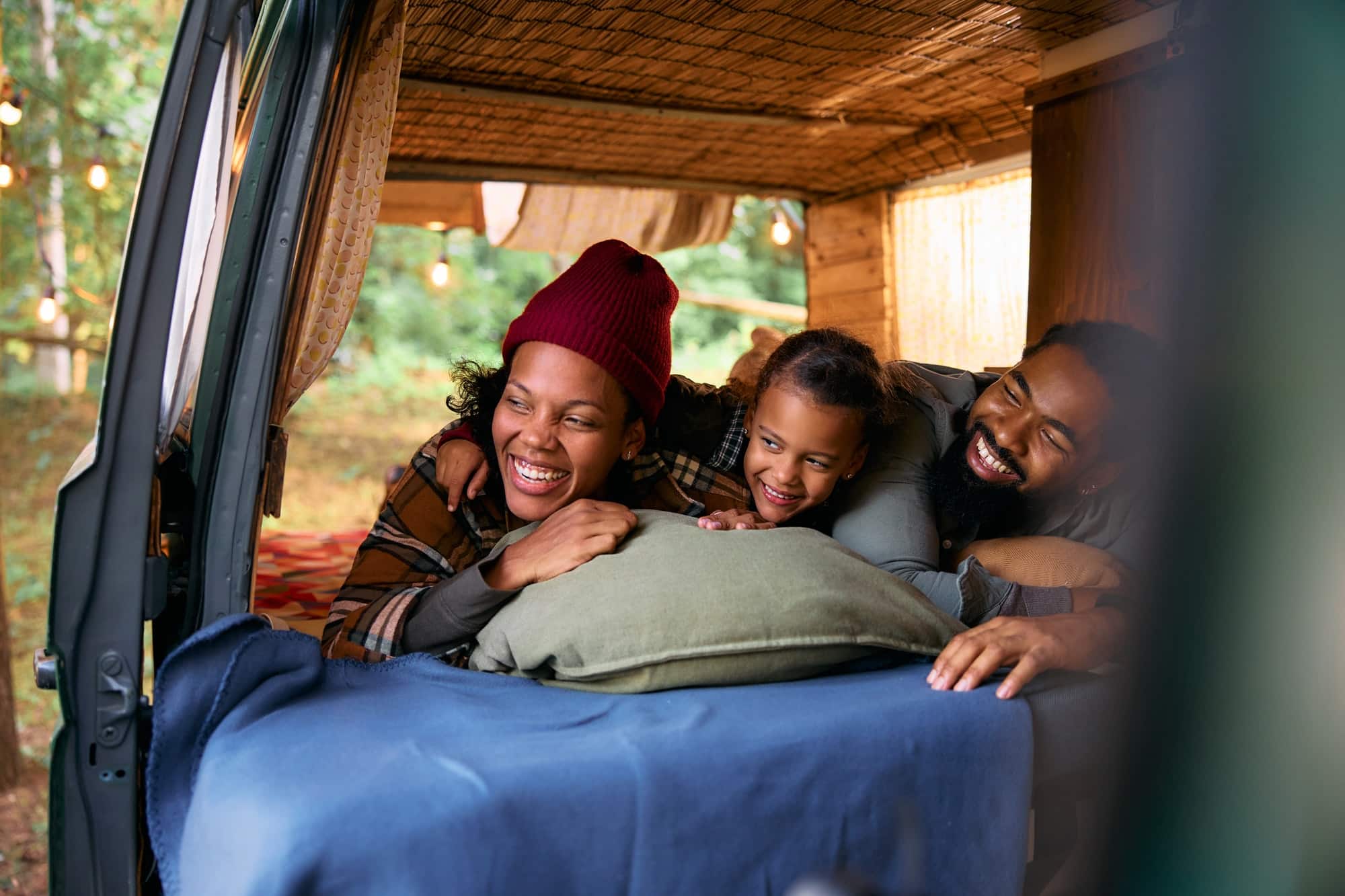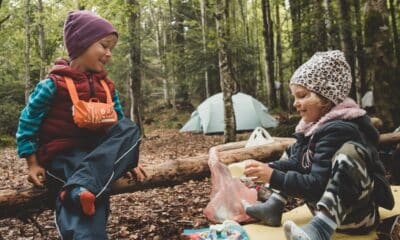Activities
Embracing Adventure: A Guide to Car Camping

Car camping involves traveling to a campsite with your vehicle and setting up your camp in close proximity to your parked car. Car camping beats traditional tenting hands down when you’re after comfort, as it lets you pack your car with extra gear and luxuries—perfect for groups or families who want to blend outdoor adventure with a touch of home.
Benefits of Car Camping:
- Convenience:
- With car camping, your ride’s right there, offering a hassle-free way to grab gear and luxuries without fuss. So, you get to ditch the detailed packing list and embrace a bit more freedom on your getaway.
- Comfort:
- With the ability to transport larger tents, comfortable sleeping arrangements, and additional gear, car camping offers a more comfortable experience compared to traditional camping. Pack your car with essentials like cozy chairs, a compact stove, and even an air mattress for that extra touch of home under the stars.
- Accessibility:
- Car camping opens up a variety of campsite options, including established campgrounds, national parks, and more remote locations. The simplicity of car camping paves the way for adventurers to immerse themselves in diverse settings, from well-trodden park grounds to hidden natural retreats.
- Versatility:
- Car camping is versatile and adaptable to different preferences and skill levels. Whether you enjoy hiking, fishing, or simply relaxing by the campfire, you can tailor your car camping experience to suit your interests.
- Family-Friendly:
- Families with young children often find car camping more practical and enjoyable. Packing the car with their cherished toys and games can elevate a family camping trip from basic to brilliant, ensuring everyone’s comfort and enjoyment.
Essential Tips for Car Camping:
- Plan and Organize:
- Plan your trip and create a checklist of essential items. Organize your gear within the car to maximize space and accessibility.
- Choose the Right Campsite:
- Select a campsite that suits your preferences, whether it’s a developed campground with facilities or a more secluded spot in nature. Check reservation requirements and availability in advance.
- Pack Thoughtfully:
- Pack essentials like a tent, sleeping bags, cooking equipment, and weather-appropriate clothing. Consider additional comforts such as camp chairs, a portable table, and lighting.
- Food and Cooking:
- Bring a portable stove or grill for cooking. Plan and pack meals in advance to minimize food preparation time at the campsite. Consider easy-to-cook and pre-prepared options.
- Safety First:
- Prioritize safety by bringing a first aid kit, knowing the local emergency contact information, and following Leave No Trace principles. Stay vigilant about the animals you might encounter and always follow fire safety rules to a tee.
- Enjoy Outdoor Activities:
- Take advantage of the outdoor activities available in the area. Whether it’s hiking, fishing, birdwatching, or stargazing, car camping allows you to explore the surrounding natural beauty.
- Leave No Trace:
- Practice Leave No Trace principles by cleaning up after yourself, disposing of waste properly, and respecting the environment. Leave your campsite as you found it for others to enjoy.
- Weather Preparedness:
- Check the weather forecast before your trip and pack accordingly. Bring appropriate clothing and gear to stay comfortable in varying conditions.
- Connect with Nature:
- Disconnect from technology and immerse yourself in the natural surroundings. Pause for a moment to soak in the serene splendor of nature’s canvas, from the early glow of dawn to the twinkling tapestry of stars or even the chorus of wildlife echoing through the trees.
- Car camping means you can pull up to your campsite, pitch a tent next to your car, and use it as a base for storing gear and sleeping—a convenient option that lets you bring along some comforts from home.
Continue Reading










